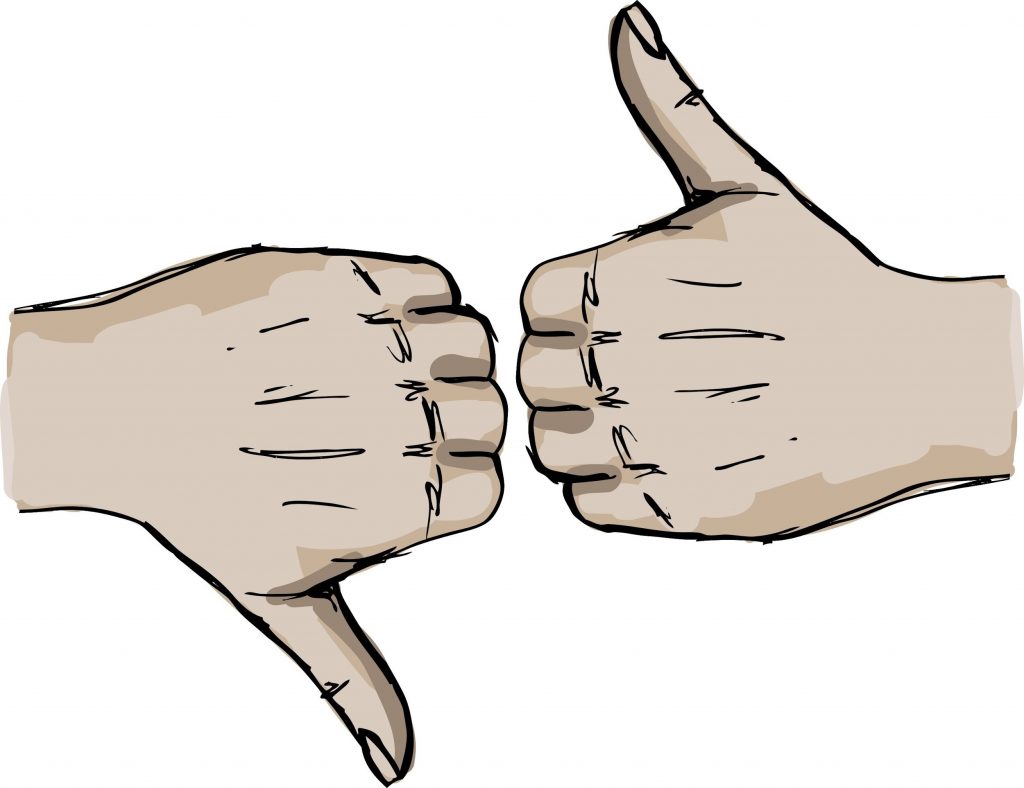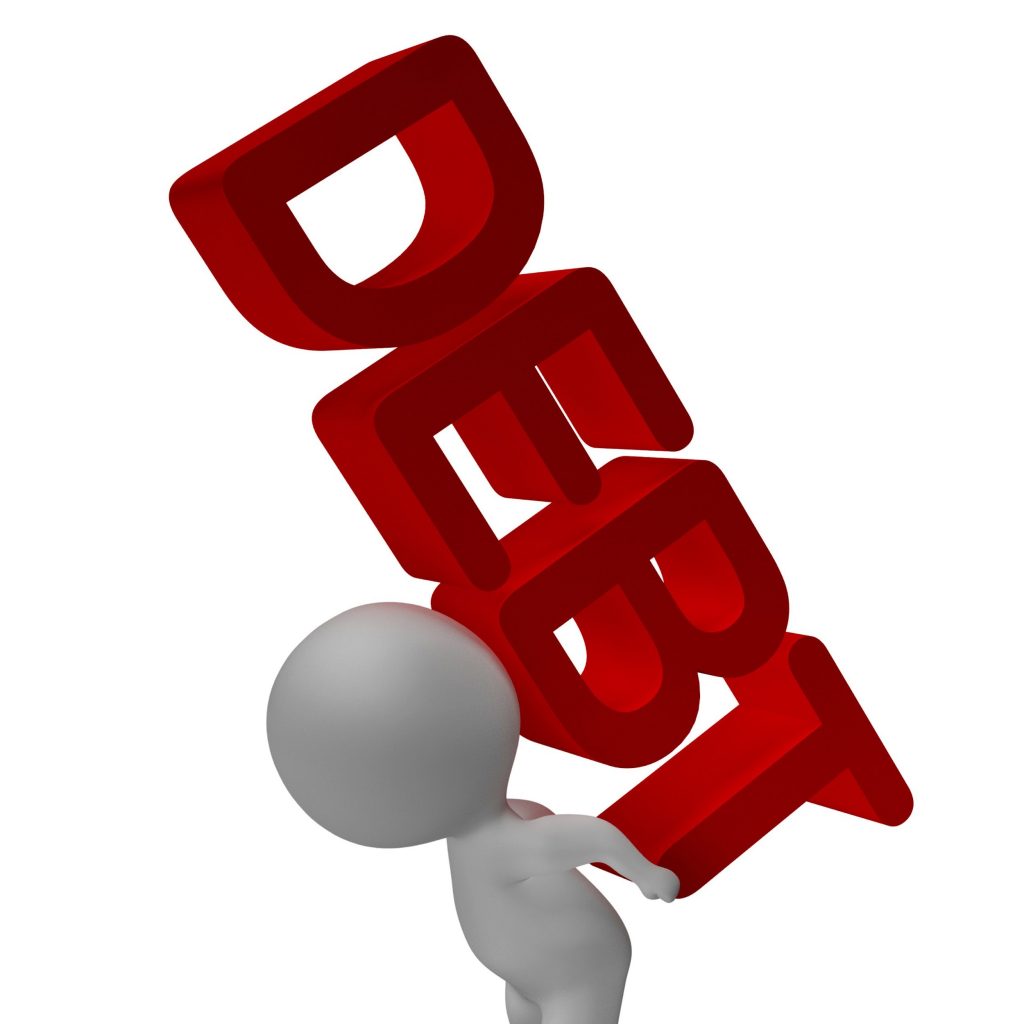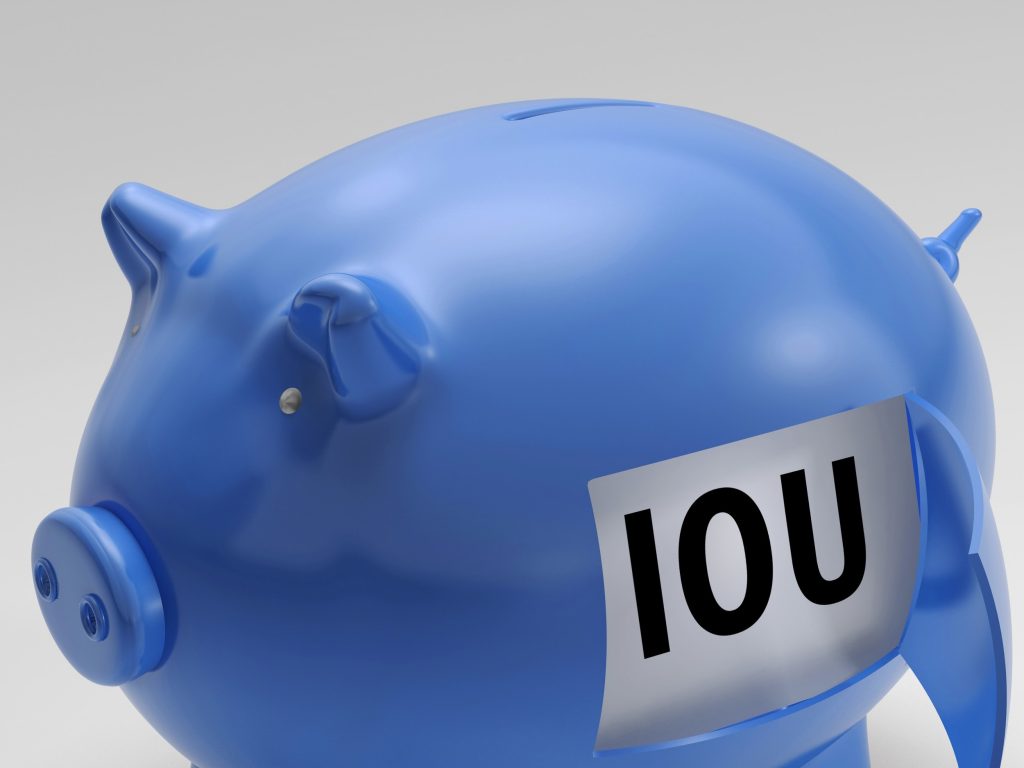

Whenever we think of the word “debt”, we always cringe at it. We think it’s this evil word that cannot be said, and it sounds like something that has to be avoided at all costs.
While living a debt-free life is possible, you’d be surprised that some debt may be a good thing. In this write up, we’re going to explain the difference between good debt and bad debt. What exactly constitutes one or the other?
We’ll also come up with ideas on how you can try to get rid of the good and bad debts in the best way possible. Once you have a good idea on how to handle it, your financial situation can improve and you’ll see your credit build over time.
If you want to know what kind of good debt and bad debt you may have, then read on, because this might also give you the financial knowledge you need to stay ahead of the curve. Let’s dive in.
What Is Good Debt (with examples included)
Good debt is basically defined as the following: it’s debt that allows you to borrow money while it appreciates in value. It’s the kind of debt that comes into play when you need to borrow money for things you need. As long as you pay back the debt, you should be in good shape.
Now, let’s take a look into the examples of what good debt looks like:
Money for education

One of the most common versions of good debt is money for education. Or this is better known as “student loans”. When people talk about student loans, they consider it this evil thing.
This is considered good debt because you are borrowing money for a purpose of a greater good. That purpose is your higher education. Whether it’s a bachelors, a masters, or even an associates degree, it’s possible to borrow money just to pay for your education.
Student debt is easily paid back when you qualify, as a lawyer for example. High wages are offered at DePaolo & Zadeikis for example but you have to be at the top of your game in terms of work quality.
However, the student loan payments will usually begin at some point after you graduate from school. Lucky for you, there are options available for you to set up a payment plan so you are able to pay off the debt in due time. Over the course of this period, you can see your credit build up slowly but surely.
Medical care payments
Did you know that nearly 60 percent of bankruptcies in the United States are linked to medical debt? That’s right – there are people who are taking out money on a regular basis just so they can take care of their own health or that of an ailing loved one.
Life is irreplaceable, but the debt you accrue for medical care can be paid back. Especially when you need to borrow money to pay for procedures that are high in cost such as surgeries, extended stays and treatments, and so much more.
Taking out a home mortgage
If you are looking for a home, odds are you’re going to look at home loans and mortgages. Of course, you will be saddled with this debt for the long term. Again, this is good debt considering that the money will be used for something you need (in this instance, a roof over your head).
What makes this even better is that you are also looking at the possibility of building your retirement. Not to mention, the interest on your mortgage is actually tax deductible. So, from a financial standpoint, home mortgages do more good than bad.
Car loans
You may need a car to get you to and from work. You may need it to take you from point A to point B. It seems simple enough.
A car loan will be enough for you to put down a down payment or be able to purchase it outright. Either way, it’s just another form of good debt that you can take on. As long as you make the regular monthly payments, you should be able to keep your head above water.
Bad Debt

Now, we get into bad debt. This is the stuff you truly want to avoid, if possible. The bad debt is defined as debt that does not contain any kind of value.
Therefore, it’s the exact opposite of good debt. You borrow money for something that would be considered unneeded. With that said, let’s take a look at some examples of bad debt:
Credit card debt
Here’s the thing: credit card debt can go from bad to worse if you don’t pay on it regularly. Keep using it carelessly and you’ll start seeing your credit score suffer completely. It’s all about being responsible with it. Of course, there is no clear cut wrong or right when it comes to using credit cards. They can be extremely handy for times when you have no cash on hand and desperately need to purchase even the most basic of necessities.
Our advice for you is simply this: use credit cards only when you need to pay for emergency expenses when cash is not available. Don’t use it to pay off any other debts. Also, don’t buy items using credit cards that you know will depreciate in value over time.
Borrowing from retirement
You’re building up your 401k for the purpose of retirement. Sometimes, you might find yourself in a position where you’ll need to borrow against it. This might be a big mistake on your part.
Plus, if you have no legitimate reason to do so and you borrow against it anyway you might see yourself paying withdrawal penalties and possibly have to deal with the IRS in terms of the tax stuff. Of course, people may be struggling financially if they are taking money out of their retirement funds. If this is the case, consider contacting the IRS to explain your situation to them. If you have outstanding taxes to pay, the IRS does have a fresh start program that could help people to pay these back as and when they can. To learn more, visit https://www.taxrise.com/fresh-start-program/.
Payday loans
These days, we don’t hear about payday loans much. But you might be aware that the interest rates on these kinds of loans are quite high. A $1,000 loan can turn into debt that is north of $10,000.
What makes these payday loans enticing is that you can get the money you need in as little as 24 hours (sometimes even the same day). The problem is they come with interest rates that will hit you hard if you don’t pay off the debt in time. The smart thing to do is take a cash advance from your credit card since it will be less of a blow to your finances compared to payday loans.

Final Thoughts
There is good debt and bad debt aplenty, but at the end of the day, it’s important to work on keeping it all to a minimum. Sometimes, being in debt can be a good thing and there are ways to work around both good and bad debt.
You can have a look here for more information about should you borrow money or not but as long as you are making regular payments, you should be in good shape. Don’t put yourself in debt for the wrong reasons. That can put you in a financial situation that might become tricky to get yourself out of, albeit not impossible.
Sources:
https://www.cnet.com/personal-finance/good-debt-and-bad-debt-heres-the-difference/